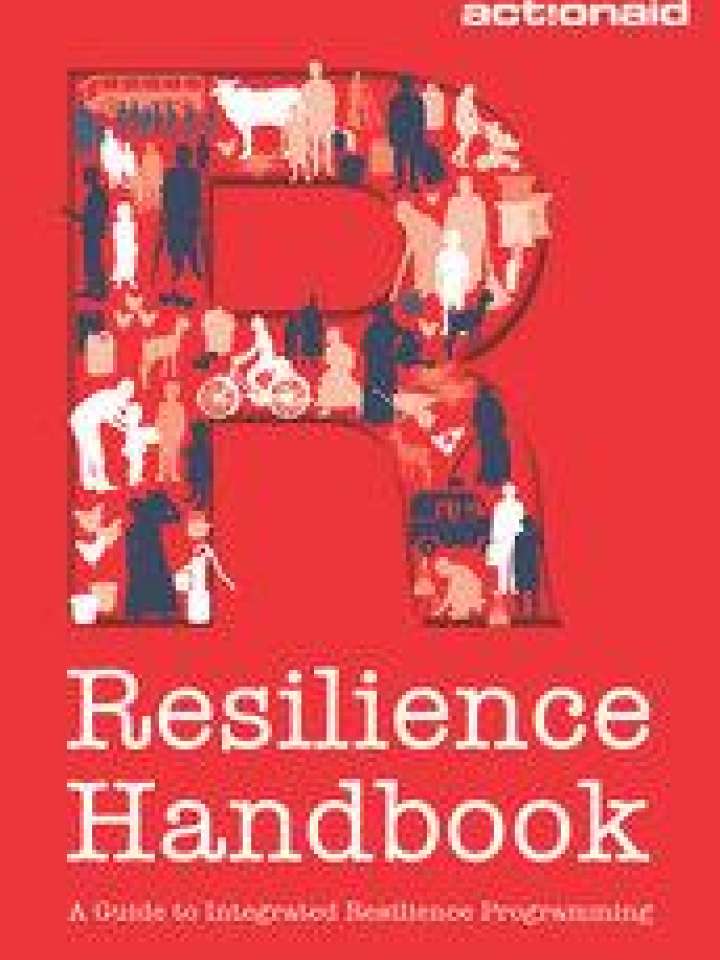Resilience handbook: A guide to integrated resilience programming
Resilience building offers a response to the increasingly complex realities faced by communities. Taking a holistic view, resilience building not only views disaster, conflict and climate change as threats to human rights and development; it widens the focus to include other shocks, stresses and threats such as natural resource degradation, epidemics, political oppression, and economic crises. As a concept, it promotes a rounded analysis of the issues, and an integrated approach to dealing with them.
The Resilience Handbook aims to help think, plan and implement work in a way that supports the reduction of people’s vulnerability and contributes to the building of their resilience to a range of hazards, shocks, stresses and threats. It provides programme and policy staff with a framework for resilience that can be applied in different programme environments by offering guidance, tools and resources to support resilience building in our programming. It includes principles of effective programming, good-practice examples, and tools and resources that can be used to build and enhance resilience.
It promotes the development of integrated resilience programming that includes work on:
- Women’s rights and leadership
- Disaster risk reduction
- Climate change adaptation
- Natural resource management
- Humanitarian response and recovery
- Accountable and inclusive governance
The handbook builds on ActionAid’s Human Rights-Based Approach (HRBA) and its Resilience Framework.
Explore further
